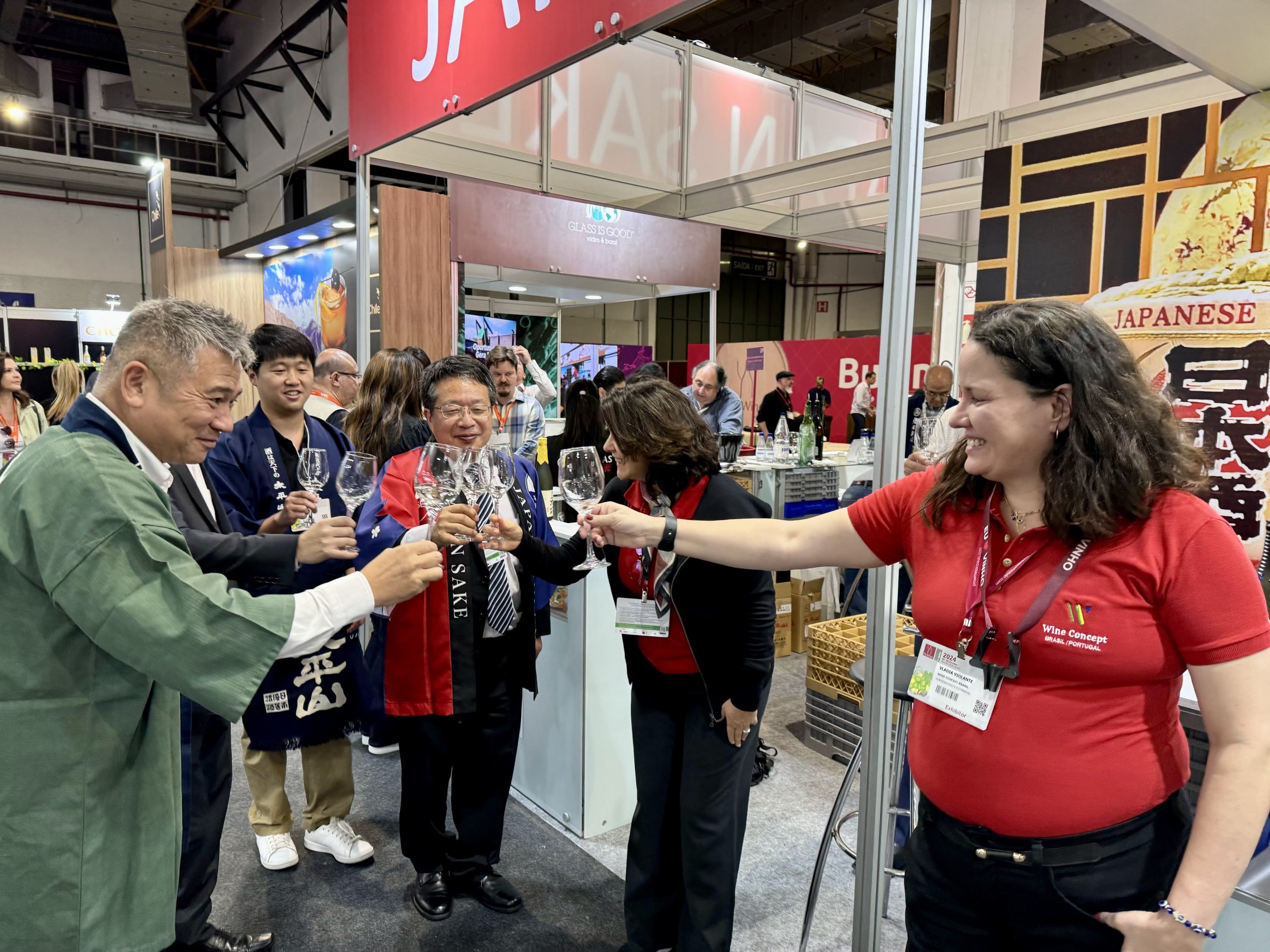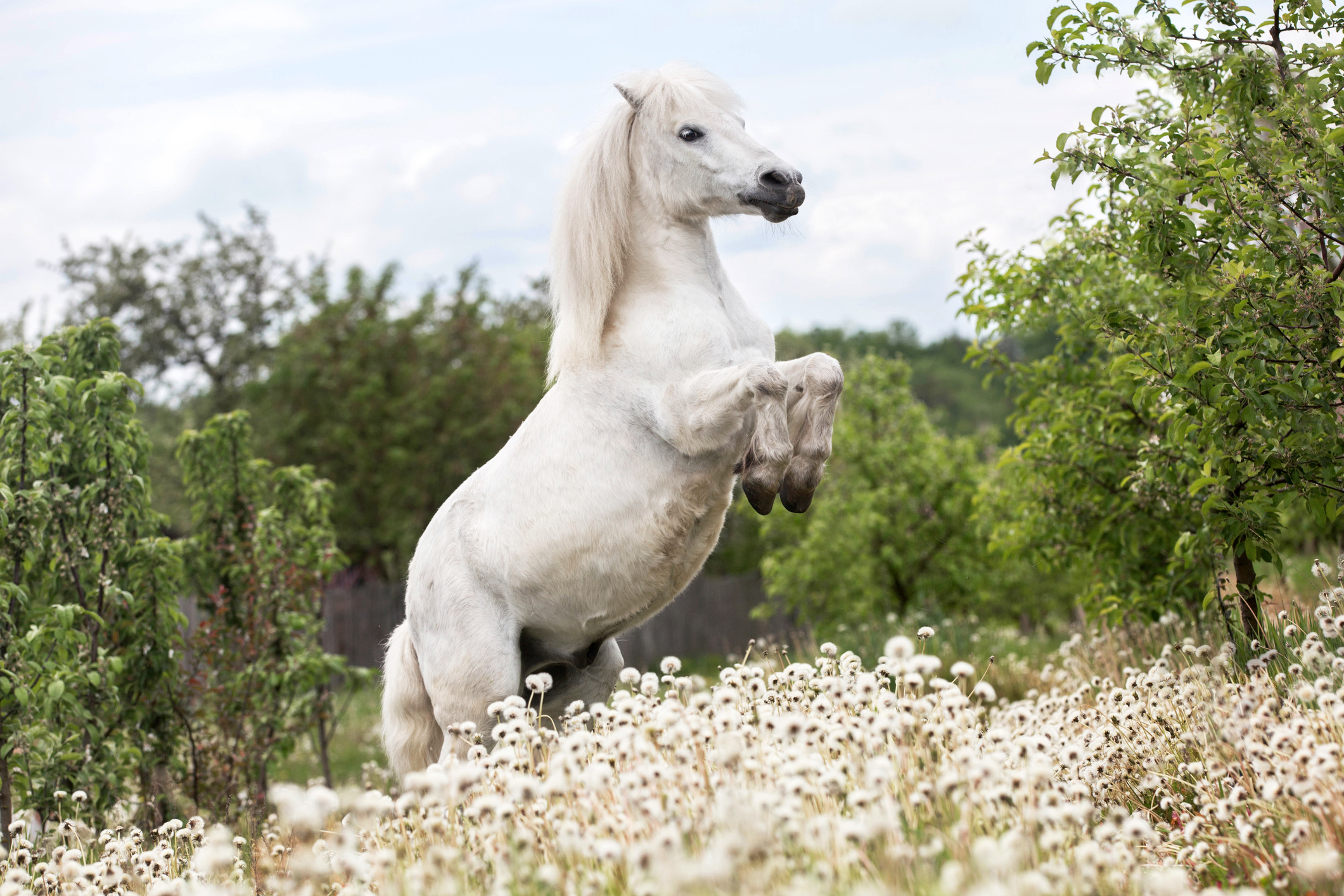On this day 1659…the first wine in South Africa
By Rupert MillarOn this day in 1659 the first wine in South Africa was produced by the Dutch at their trading station in the Cape.
The arrival of the Dutch in the Cape in 1652 – seven years later they would be producing wine
The first Europeans to see South Africa’s Cape of Good Hope (as it eventually came to be called) were the far-ranging Portuguese in the 15th century but the seemingly sparse landscape didn’t entice them to settle there.
In fact a sizeable European presence would not begin in the Cape until over 100 years later when, in the 17th century, the growing Dutch trading ports in what is now Indonesia grew to such size and importance that the Dutch East India Company needed a midway stopover point where ships could re-victual. The Cape was the obvious location.
In 1652 Jan van Riebeeck arrived in the Cape with three ships (Dromedaris, Reijger and Goede Hoop) at the site that would become Cape Town.
As well as working to improve the anchorage at Table Bay and building a fort for protection, Riebeeck’s most important mission was not to colonise the Cape but rather to make it into a contained post capable of producing fresh provisions for Dutch ships heading east.
As well as fruit and vegetables produced in the Company Garden*, van Riebeeck planted vines for both table grapes and wine.
The initial cuttings sent out to him in 1654 (from the Rheingau) failed to take but an array of cuttings sourced from Bohemia, the Canary Islands, France, Germany and Spain that arrived in 1655 were more successful.
Although the wine was also for the enjoyment and health of the Dutch in this new land, it was also intended to ward off scurvy for those aboard the ships heading to Asia.
Partner Content
The first vintage was harvested in 1659 and before too long a winemaker from Alsace was sent down with winemaking equipment and a cooper to make barrels. The first press was a makeshift affair reportedly based at a Company farm in the area of Rondebosch, where the University of Cape Town is today.
Van Riebeeck left the colony in 1662 and died in Java in 1677. One of his successors as commander and governor of the Cape was Simon van der Stel who created an estate for himself that he named Constantia.
But that is a story for another time.
*In the Kirstenbosch Botanical Gardens in Cape Town an almond hedge that was planted at this time still survives.





Hi Rupert & Team DB
Couple of corrections, if I may?
1. The Company’s Garden still exists in central Cape Town, a good 20-minute drive from the Kirstenbosch Botanical Gardens (they are not one and the same). The Company’s Garden yielded the first wine (in minute quantities) but vines grew more successfully on Jan van Riebeeck’s land at the so-called Bosheuvel (today the suburb of Bishopscourt, near Kirstenbosch).
2. The Rustenburg to which you refer is not the Stellenbosch winery known by lovers of South African wine but was the Company’s Orchard (and later “pleasure house”) established within the first five years of European settlement – some two decades before Stellenbosch was founded – in what is now the suburb of Rondebosch (a site largely occupied by the University of Cape Town today).
I’ve spent the past few months researching the earliest history of SA wine (i.e. before Stellenbsoch, Constantia and the arrival of the French Huguenots) and it’s fascinating!
Regards
Joanne